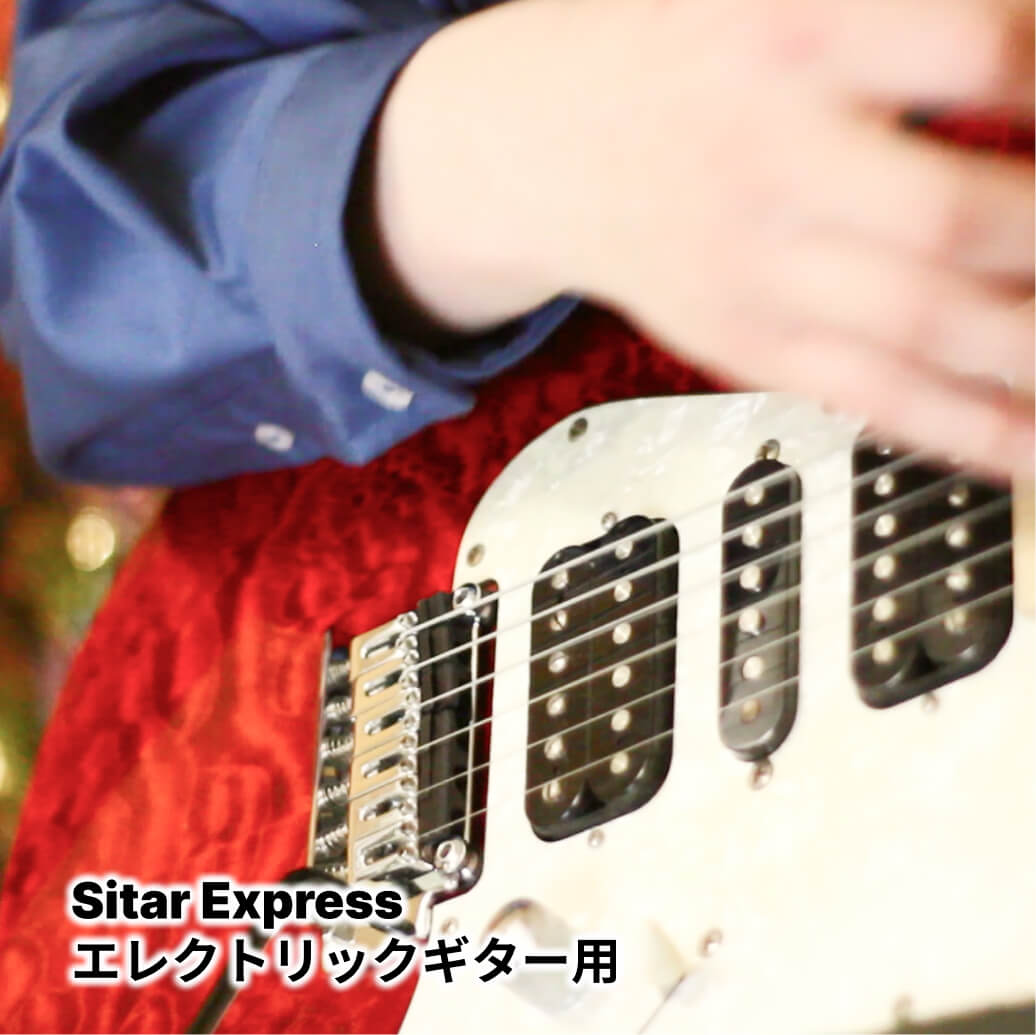The sitar is a traditional Indian stringed instrument used primarily in North Indian music.
Its distinctive feature is that it has approximately 20 or more strings, a long neck, and a large resonance box.
The sitar is played using complex finger techniques and unique plucking techniques, creating a unique drone sound and melody. With its unique tone and rich expressive power, it plays music full of Oriental charm.
In this article, we will explain the fascinating musical instrument "sitar" in an easy-to-understand manner.
▼ Songs that use sitar
The Rolling Stones - "Paint It Black"
In this song by Mick Jagger and Keith Richards, the sitar provides the main melody, adding a unique and memorable atmosphere to the entire song.
The Beatles - "Norwegian Wood"
Beatles member George Harrison was influenced by sitar player RAVI SHANKAR and incorporated the unique sound of the sitar into several of his songs. In addition to "Norwegian Wood", the sitar is also used effectively in "Within You Without You".
Pat Metheny - "Last Train Home"
Pat Metheny's "Last Train Home" features an electric sitar rather than a traditional sitar. The sitar adds color to the melodious and flowing melody.
SMAP - "Muko of the night sky"
Sitar sounds are often used in Japanese popular music. In SMAP's famous song "Yozora Mukou", the sitar sound is effectively used in the interlude.
▼ Guitarists fascinated by the sitar
The sitar is a stringed instrument that plays an important role in Indian classical music, and its origins date back to ancient times.
Later, around the 14th century, the sitar is said to have evolved into the form we know today in northern India.
During the 19th and 20th centuries, the sitar was further developed, played by many famous musicians, and developed their own unique styles and playing techniques. In particular, famous sitar players such as RAVI SHANKAR have become known worldwide.
In modern times, the sitar has influenced not only Indian classical music, but also musical styles and genres from around the world. Its unique tone and expressiveness are loved by many musicians and listeners, and the sitar has become an important instrument in the world's musical culture.

▼What is the mechanism behind the unique sound?
The secret behind the sitar's complex and appealing tone lies in its unique structure and playing technique.
A sitar is a stringed instrument that usually has about 20 strings, most of which are divided into drone strings and melody strings.
Drone strings are always played and are responsible for the reference tone common to the entire song. While the drone strings act as an accompaniment, the melody strings play the main melody.

The sitar's characteristic tone and harmonic changes are largely due to the many strings and their mutual resonance.
When the performer plays the melody string, the other drone strings also resonate, creating complex overtones and resonance. This adds various overtones to the basic sound generated by a single melody string, creating an extremely rich and multi-layered tone.
Sitar playing techniques also use unique techniques such as slide and vibrato. These playing techniques change the speed and strength with which the strings vibrate, creating different overtones and harmonics.
In this way, sittingar performance involves a complex interplay between the vibrations of the many strings and the technique of the performer, creating constantly changing overtones and harmonics.
▼How to get the sitar sound?
# Get a real sitar
The first thing that comes to mind is to get a real sitar.
However, there are various hurdles to this.
First, it can be very difficult to obtain a sitar in good condition.
Furthermore, even if you could obtain a genuine sitar, learning the unique playing techniques and maintaining it would be quite expensive.
# Get an electric sitar
There is an instrument called the electric sitar provided by Danelectro and Stars Guitars.
These instruments reproduce the sound of a sitar while maintaining the guitar shape and playability that guitarists are accustomed to, so they can be played smoothly even if you switch from a guitar.
While you can enjoy a tone close to that of a real sitar, it requires purchasing a new instrument, which can be inconvenient if you have space or budget constraints.
# Get an effect pedal
Electro-Harmonix's Ravish Sitar effect pedal is also supported by many musicians as a convenient tool for producing sitar sounds.
It's convenient because you just connect an effect pedal to your regular electric guitar, but you do need to get used to the operation and settings of the effect pedal. You will also need to purchase some fairly expensive effect pedals.
# Get Sitar Express
In fact, there is a trick that allows you to get a sitar sound with your regular guitar without having to buy any additional guitars or equipment and only spending a few thousand yen.
That is "Sitar Express".
By attaching this attachment to your guitar, you can easily reproduce the harmonic-filled tones that are unique to the sitar.
The Sitar Express allows you to easily enjoy the attractive sound of the sitar, so it is recommended for people who are interested in the sound of the sitar or who want to make a sitar-like sound with a guitar.
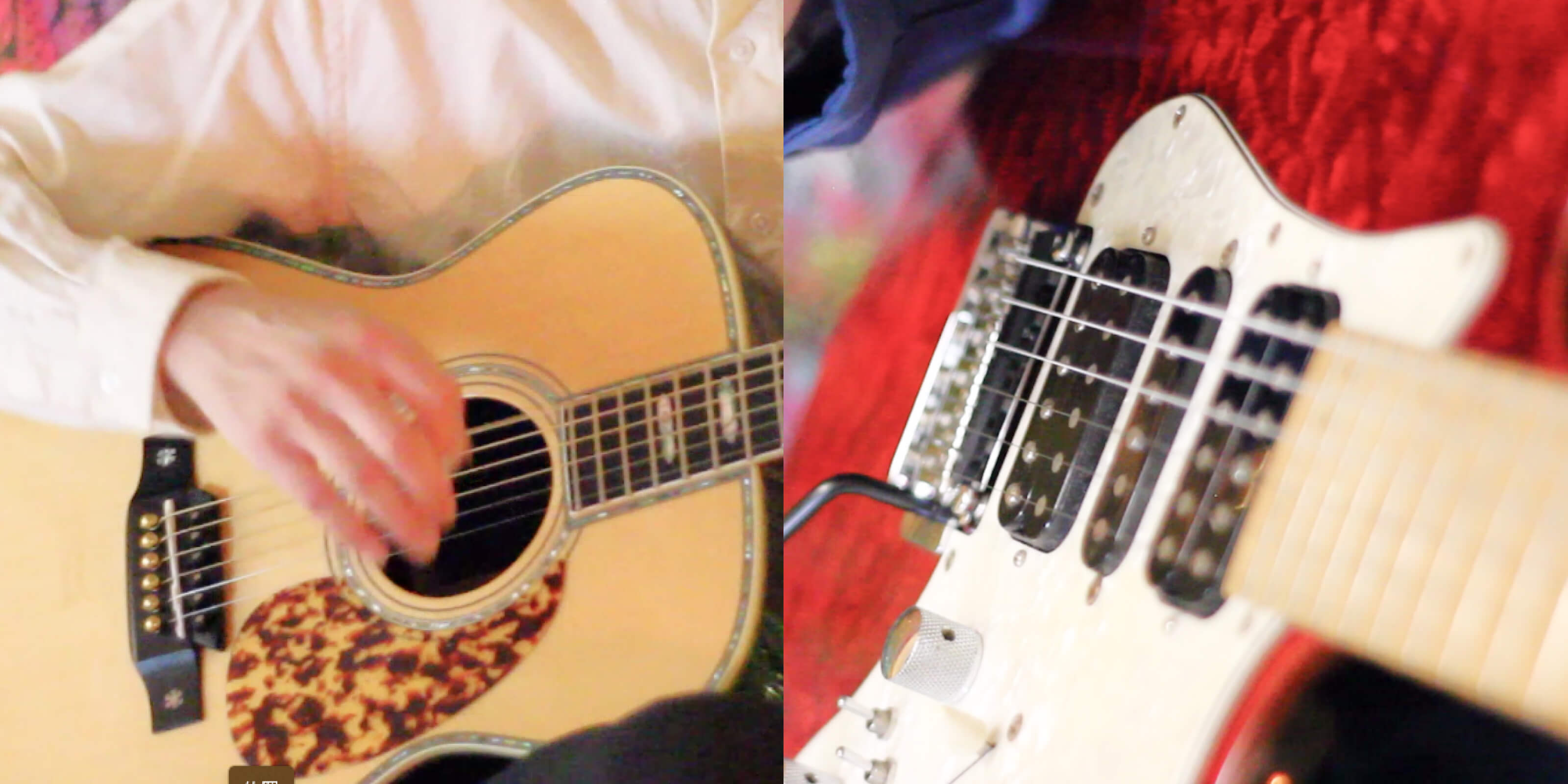
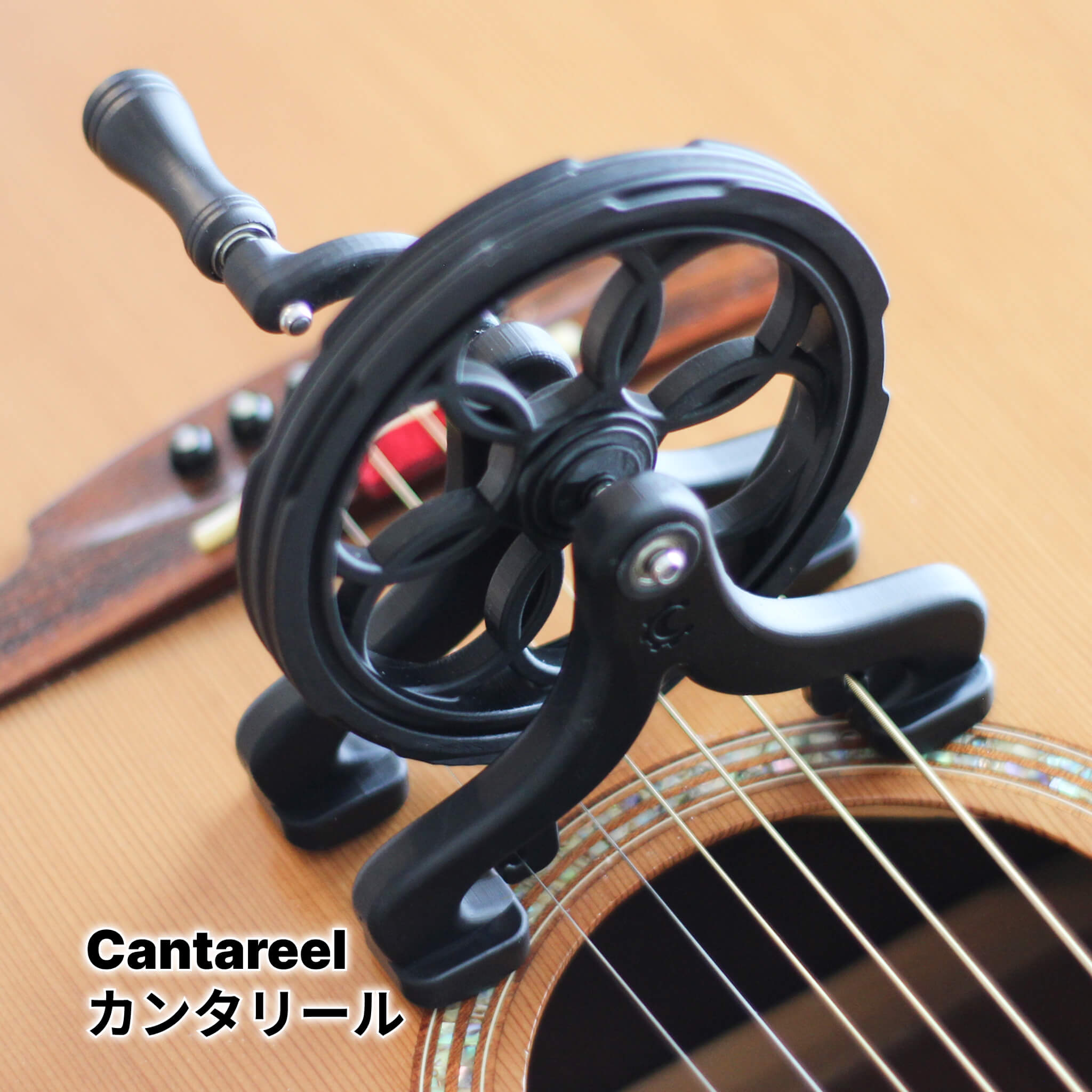

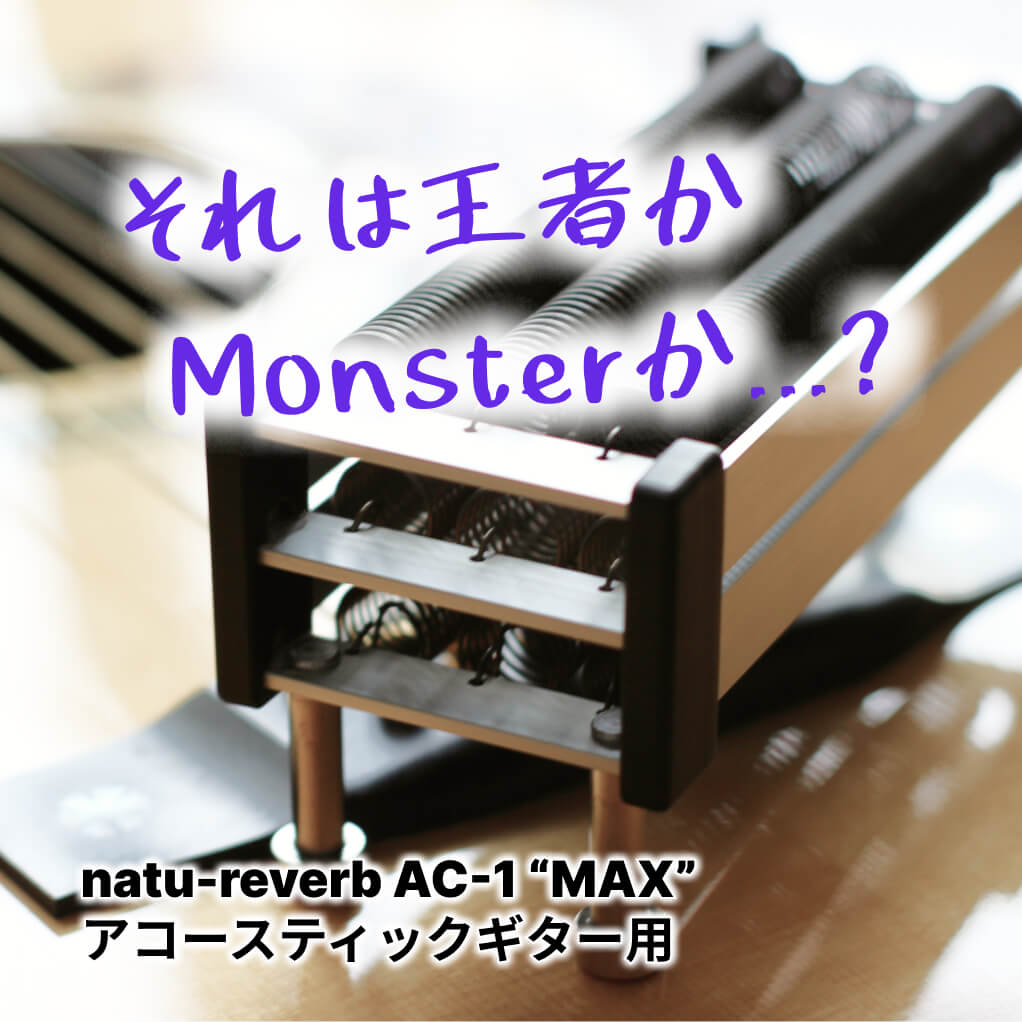



![natu-reverb magnet parts [for additional purchase]](http://logicwave.jp/cdn/shop/files/magnet_01_product_202311.jpg?v=1700968099&width=1036)

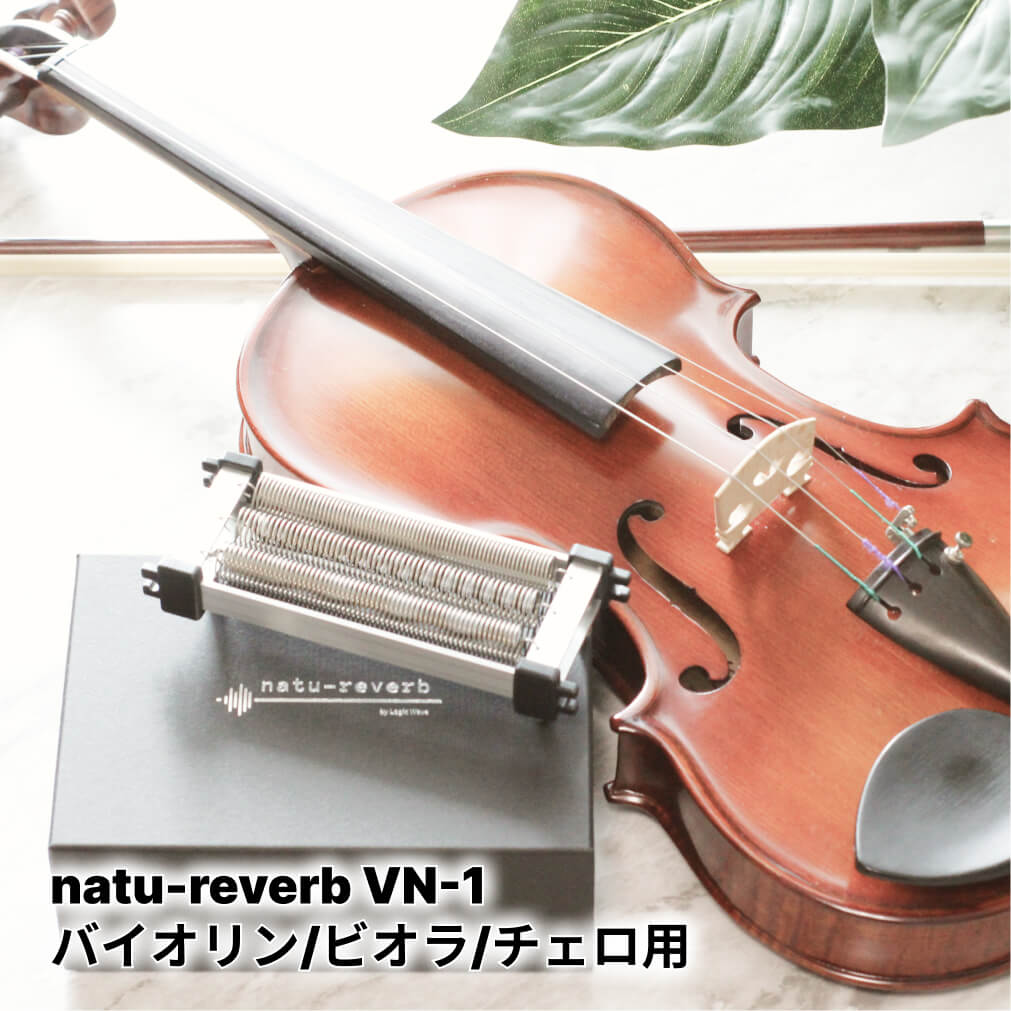
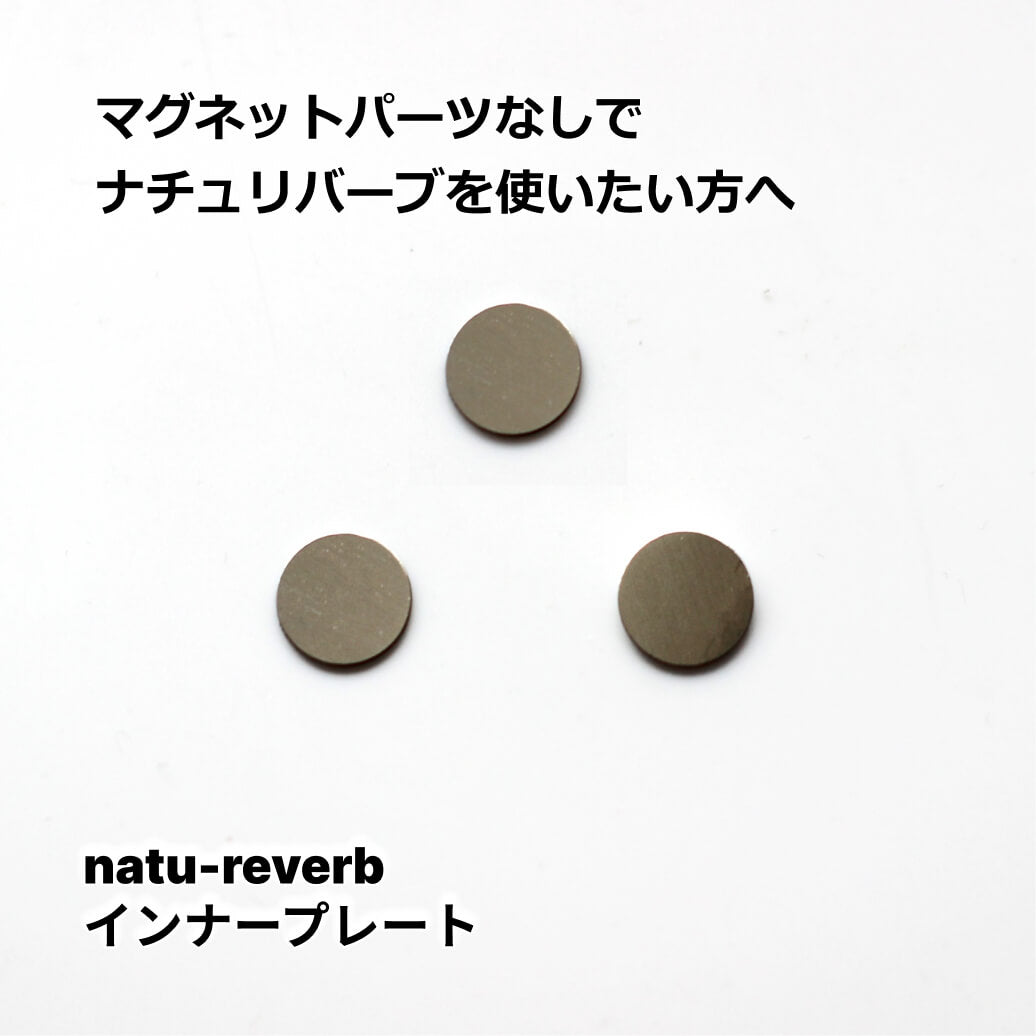
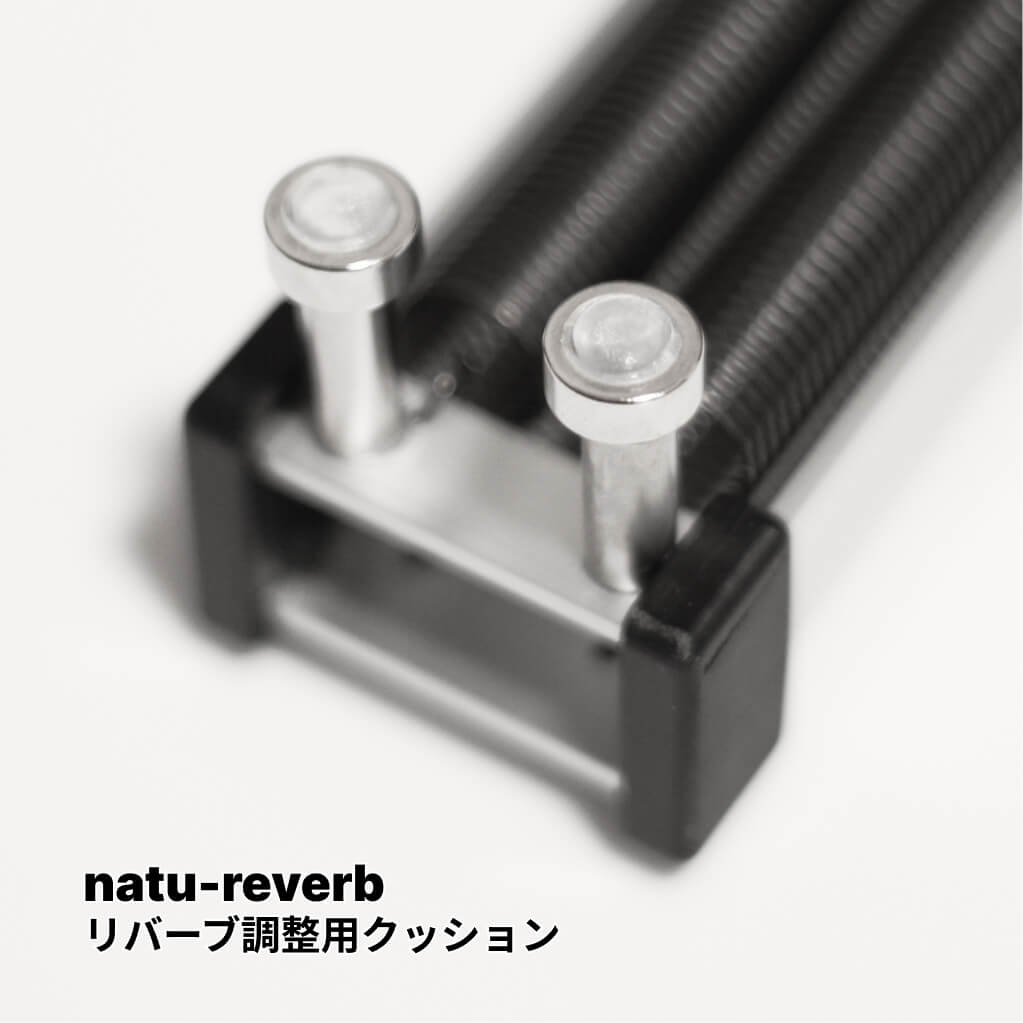

![Sitar Express™ for acoustic guitar [2024 new model]](http://logicwave.jp/cdn/shop/files/sitar_2024_01.jpg?v=1705141659&width=1550)

